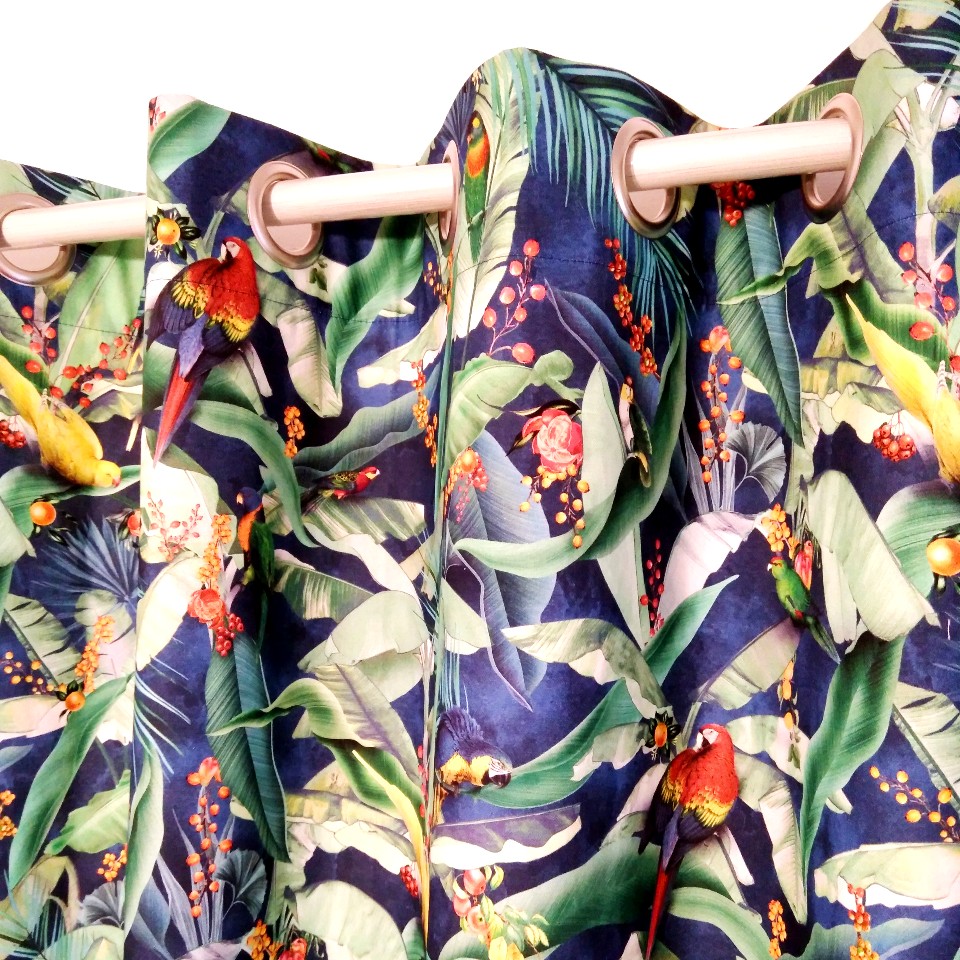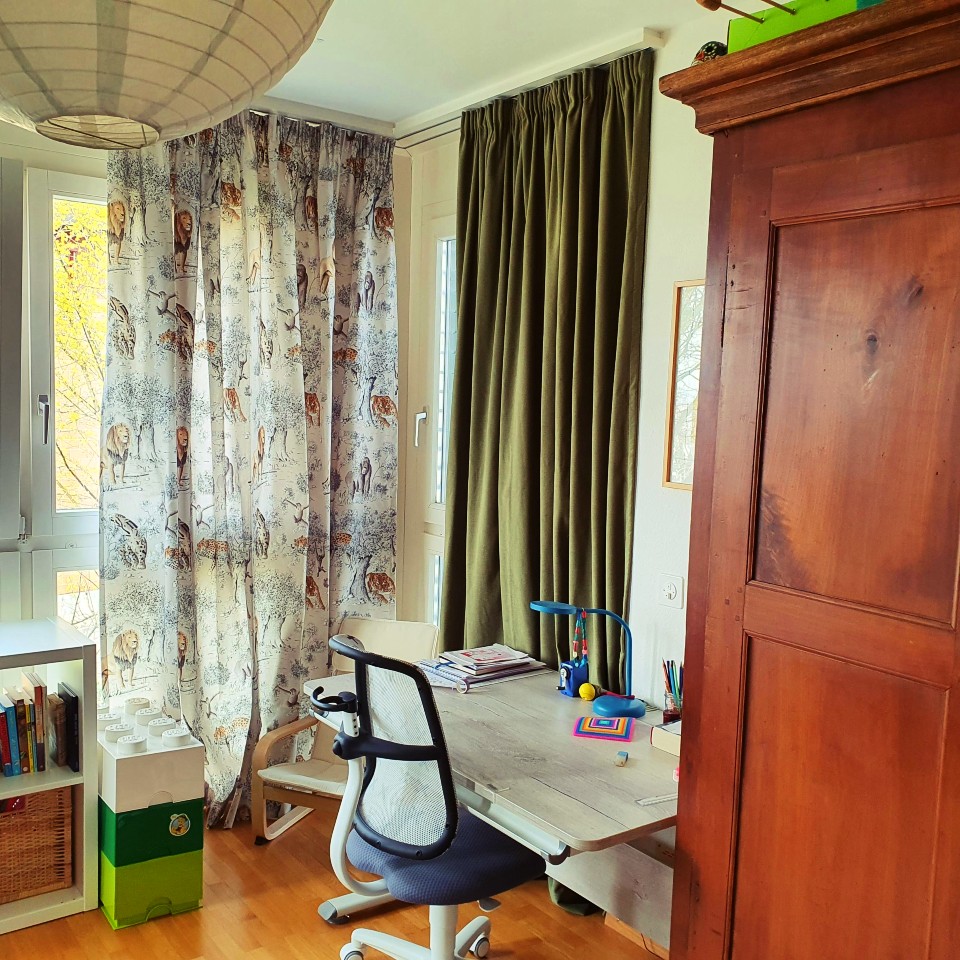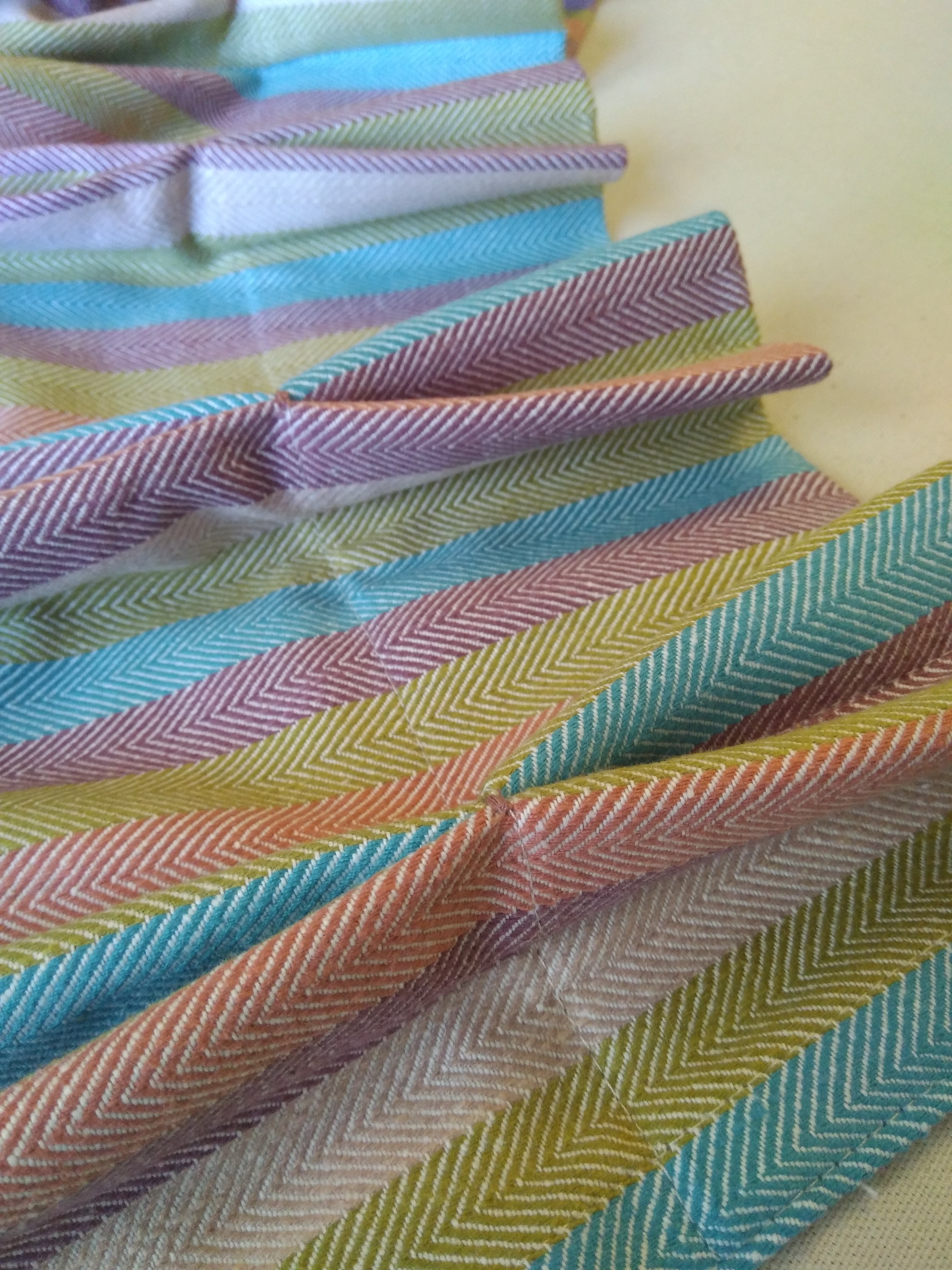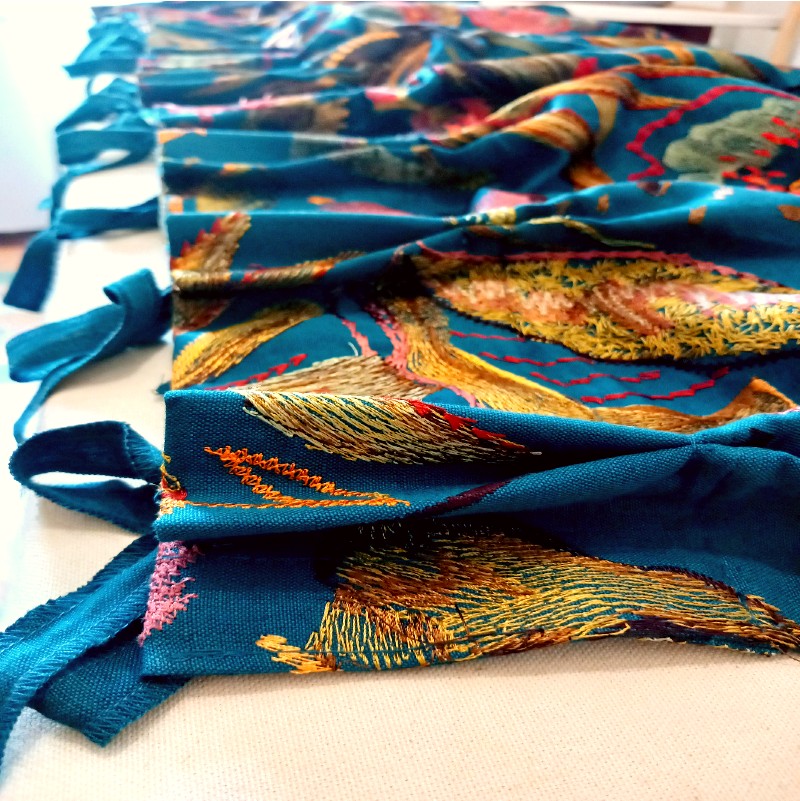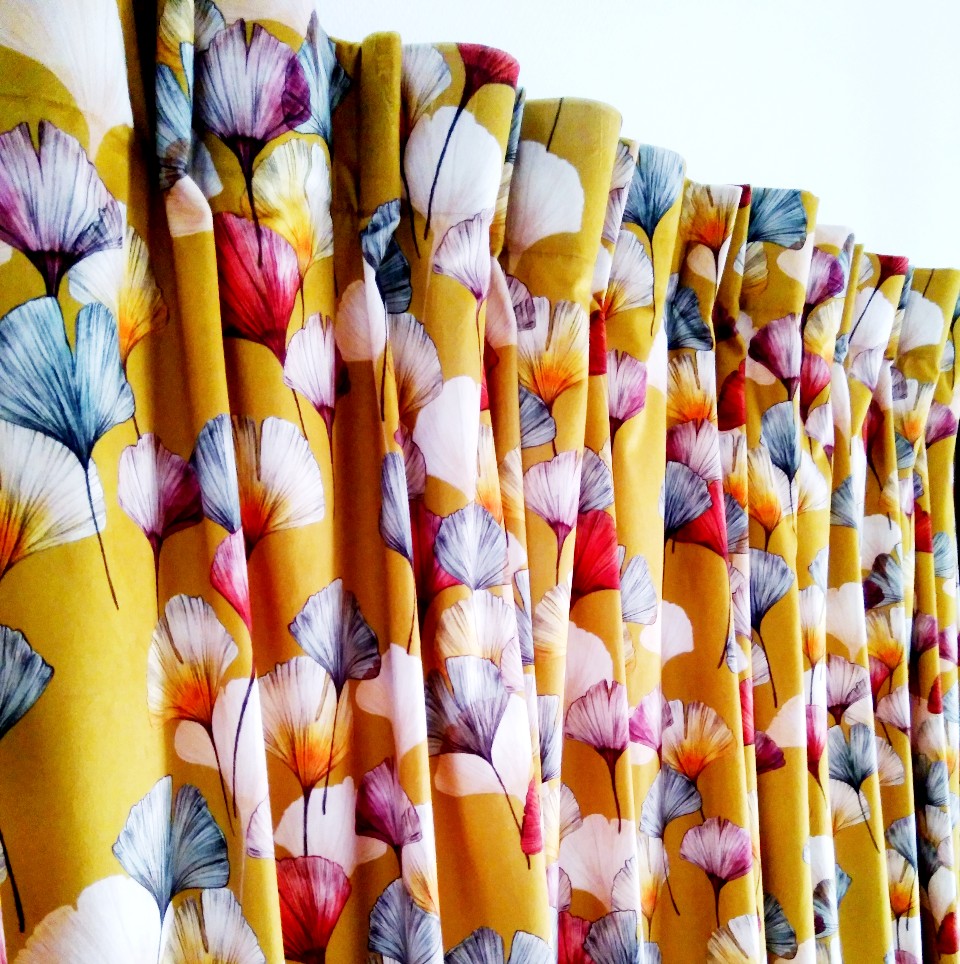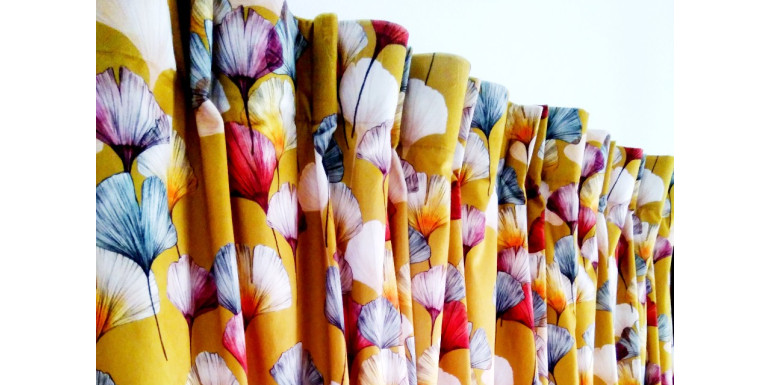
Curtains are a key part of interior decoration. They bring a touch of elegance and finish to a room while being practical to regulate light and intimacy. However, choosing the perfect curtains can seem like a difficult task. Here are some tips to help you make the right choice.
First, determine the purpose of your curtains. Do you want to completely block the light or just dim the natural light? Do you want to maintain your privacy or allow an outside view? By knowing what you are looking for in your curtains, you will be able to choose the fabric and style that suits you best.
Next, measure your window. You need to know the exact dimensions of your window to choose the right curtain. If you want curtains that cover the entire window, add a few centimeters to allow sufficient length for the hems. If you want your curtains to reach the ground, measure the height of where you want to put them.
Then choose the fabric. Curtains can be made of cotton, linen, silk, velvet or polyester. Each type of fabric offers a different look and feel, so it's important to choose the type that suits your needs. Cotton curtains are durable and easy to maintain, linen curtains are lightweight and natural, silk curtains are elegant and shiny, velvet curtains are soft and luxurious, and polyester curtains are stain-resistant and easy to maintain.
Finally, choose the style of curtains that perfectly suits your room. Eyelet curtains are modern and easy to install, pleated curtains are traditional and stylish, ring curtains can be used with a decorative curtain rod, tab curtains are simple and functional, and piped curtains are a stylish style option.
In conclusion, choosing the perfect curtains for your room is not that difficult. Just determine their purpose, measure your window, choose the right fabric and style that suits your needs. With these tips, you're sure to have curtains that add a finishing touch to your interior decor.
How to choose the finishes of your curtain:
For the curtain head the first factor is the type of attachment you have installed: on a rail it will not be possible to put eyelets or rings and on a round rod the Wave system will not fit.
The other decisive element is of course the style you want to give to your interior as well as the function of the curtain.
Eyelets: Very contemporary style, the eyelet is easy to handle and the vague effect is very modern. It can be easily stored on the side, saving space once the curtain is open. It is necessary to adapt the diameter of its eyelet to that of its rod to be able to slide the curtain easily.
At Atelier d 'Eve we place 40mm stainless steel eyelets and we offer you a wide choice of colors.
The ruching ribbon also called Ruflette: there are different types of ruching, suitable for rails and rods. Long considered obsolete, the ruching adapts to our contemporary decor by giving a vintage and retro style to our interiors. Very often used for veiling the Ruflette also adapts to thick fabrics and allows a regular pleating. During our tailoring we gather for you the curtains to your dimensions you just have to hang them on their arrival.
The folds: simple, double or triple the folds give a sophisticated side to your decoration, allowing to create beautiful volumes and very neat decorative effects, all our folds are sewn by hand we advise you on what is most appropriate according to the desired style and the window to dress. Also called Flemish folds, they can fit on a rail or rod system with rings.
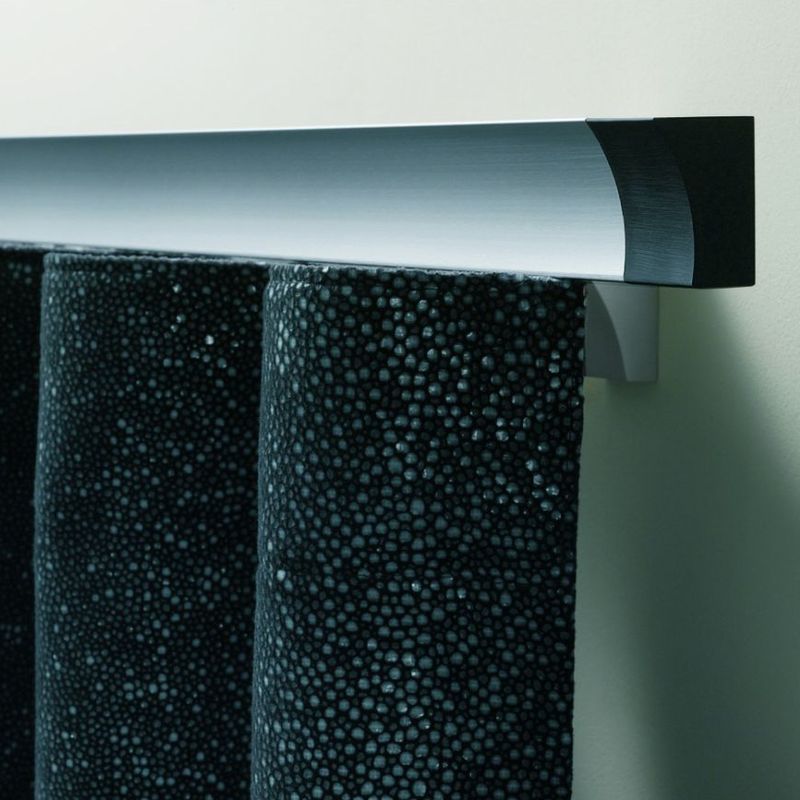
The wave finish which gives, as its name suggests, a vague pleated is very popular with reception rooms, hotels, restaurants as well as interiors with refined decoration and large bay windows. The perfect corrugation of the beautiful wave-forming fabric comes from the evenly spaced positioning of the sliding snail hooks on the wave rail.
How to take steps to make a curtain?
For the height of the curtain we need to know the height of the top of the rod on the ground. Depending on the finish chosen for the curtain head and the type of hem you want we take care of determining the height of the curtain thanks to this measurement.
For the rails we will need additional measurements such as the width of the rail or the height of the inside of the slide (small square or we hang the curtain) on the ground.
Hemming can be requested:
Above the ground (2-3cm), the advantage is the ease of maintenance of the floors and the protection of the curtains from dust.
Flush with the ground, the curtain touches the floor for a simple and elegant look.
Breaking on the floor: the curtain rests on the floor, it can be only 3cm and it can go up to 20cm or more. Very fashionable finish, it allows to give more height to a room. The veils and light fabrics bubble to the ground in a trendy spirit.
We also need to know the width of the rod, which will make it possible to determine the number of sections necessary to make the curtain with the right dimensions.
It should be noted that the multiplier coefficient (also called the shirring coefficient) is between 1.6 and 2.5, it can go up to 3 for warps. This coefficient varies according to several factors:
- The head finish chosen:
Some pleating ribbons such as the Wave ribbon have an imposed coefficient of 1.8.
Eyelets and gathered ribbons allow more freedom: for example on a 140 cm wide rod we can put 2 curtains of 140 cm (coefficient 2) but on a 160 cm rod we can also put 2 curtains of 140 cm the coefficient will be lowered to 1.75 the waves or folds will be a little less pronounced. In the case where more pronounced folds and more volumes are desired, it will be possible to make connections in width, but small connections of 20 cm are not made, this would give the impression that the curtain is repaired all the more that if there is a pattern it is necessary to respect its continuity. We will then make a connection of a half width or a full width, in our example above for a 160 cm bead wire if we want more volume we will add a panel either a half width on the right curtain and a half width on the left curtain, we then have about 360 cm of fabric or a coefficient of 2.25.
- The type of fabric chosen:
Fine fabrics such as veils, stamens or light cotton and linen will need more volume, so opt for a coefficient between 2 and 3. Unlike thick fabrics or one can reduce the amount of tissue needed.
Function
Aesthetics is obviously a very important factor because the more volume one wants the greater the quantity of fabric will be, it is also necessary to take into account the technical specificities, insulating or occulting curtains will need to be more dense to accentuate their effect. Curtains of partitions or closets may not need to be very gathered.
What color are my curtains?
If you are in the process of decorating your home, it is important to choose the right curtains for your room. The color of the curtains can create a special mood, complement your decorative theme and add character to your room. That said, with so many color choices, it can often be difficult to decide which shade will best suit your space.
Curtains have an impact on the overall mood of your room, which is why choosing color can be so crucial. To add brightness to your bedroom, light-colored curtains, such as white, beige, or light gray can be a great choice. These colors reflect natural light, giving the illusion of a larger, more spacious room.
However, if you prefer a warmer and more welcoming atmosphere, darker hues, such as brown, red and dark blue are perfect. These colors can add depth and elegance to your room. More neutral tones, such as taupe and dark gray can also add a modern and sophisticated touch.
If you're looking for something a bit bolder, you can opt for vibrant and bold colors, like yellow, purple, or bright red. These colors can add a lot of personality to your room, but it's important to pair them with more neutral furniture to avoid color overload.
Ultimately, the choice of color depends on the personal style of each and the function of the room. Pay attention to the natural light in your room and choose colors that reflect the mood you want to create. By following these tips, you will succeed in selecting curtains that complement the style of your home and create a harmonious and pleasant atmosphere.






